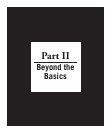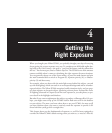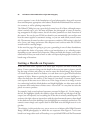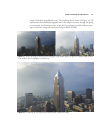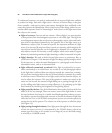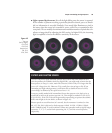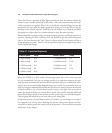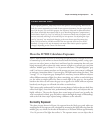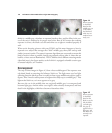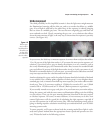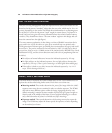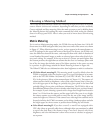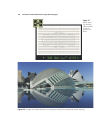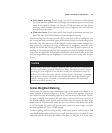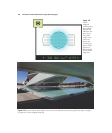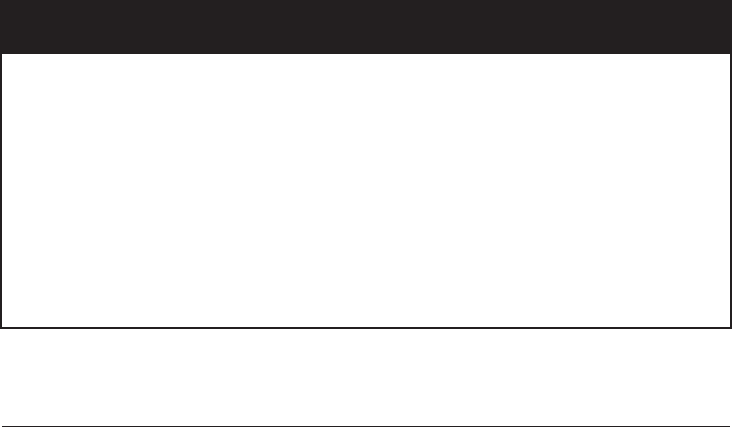
How the D7000 Calculates Exposure
Your D7000 calculates exposure by measuring the light that passes through the lens and
is bounced up by the mirror to sensors located near the focusing surface, using a pat-
tern you can select (more on that later) and based on the assumption that each area
being measured reflects about the same amount of light as a neutral gray card that
reflects a “middle” gray of about 12- to 18-percent reflectance. (The photographic “gray
cards” you buy at a camera store have an 18-percent gray tone; your camera is calibrated
to interpret a somewhat darker 12-percent gray; I’ll explain more about this later.) That
“average” 12- to 18-percent gray assumption is necessary, because different subjects
reflect different amounts of light. In a photo containing, say, a white cat and a dark gray
cat, the white cat might reflect five times as much light as the gray cat. An exposure
based on the white cat will cause the gray cat to appear to be black, while an exposure
based only on the gray cat will make the white cat washed out.
This is more easily understood if you look at some photos of subjects that are dark (they
reflect little light), those that have predominantly middle tones, and subjects that are
highly reflective. The next few figures show some images of actual cats (actually, the
same cat rendered in black, gray, and white varieties through the magic of Photoshop),
with each of the three strips exposed using a different cat for reference.
Correctly Exposed
The three pictures shown in Figure 4.4 represent how the black, gray, and white cats
would appear if the exposure were calculated by measuring the light reflecting from the
middle, gray cat, which, for the sake of illustration, we’ll assume reflects approximately
12 to 18 percent of the light that strikes it. The exposure meter sees an object that it
Chapter 4 ■ Getting the Right Exposure 101
F/STOPS VERSUS STOPS
In photography parlance, f/stop always means the aperture or lens opening. However, for
lack of a current commonly used word for one exposure increment, the term stop is often
used. (In the past, EV served this purpose, but Exposure Value and its abbreviation have
since been inextricably intertwined with its use in describing Exposure Compensation.)
In this book, when I say “stop” by itself (no f/), I mean one whole unit of exposure, and
am not necessarily referring to an actual f/stop or lens aperture. So, adjusting the expo-
sure by “one stop” can mean both changing to the next shutter speed increment (say,
from 1/125th second to 1/250th second) or the next aperture (such as f/4 to f/5.6).
Similarly, 1/3 stop or 1/2 stop increments can mean either shutter speed or aperture
changes, depending on the context. Be forewarned.



